The second presentation I want to share with you from the Mid-States Cactus and Succulent Conference comes from Rob Wallace, a botanist and biology professor at Iowa State University. The title of his talk, “Ecological, Anatomical, and Physiological Adaptations of Succulent Plants,” is a mouthful, but don’t be intimidated! We learned all kinds of things about cactus and succulents that explain their characteristics and how they have adapted over time. Some of the information we might have already known, but it never hurts to hear it again. Everything he talked about will help us understand our plants better, which in turn will help us do a better job of taking care of them.
Rob has presented at other cactus conferences I have attended, and he always educates us with research-based information while keeping us entertained along the way. His title slide may look very academic and dry, but the presentation was fun.
Just like my students who never wanted to sit in the front row of seats when I was teaching, people at these cactus meetings usually won’t sit in the front, either. I, on the other hand, like to sit at the front so I can see and hear well, and have discovered that I can take pictures of the slides and don’t have to rush to take notes! The slides I will share with you from this presentation should be self-explanatory; the ones that need technical commentary I will leave out. Even if I had taken copious notes, I couldn’t do all the information justice like Rob did, and I don’t know that you care to know deep scientific stuff anyway, but this is why we cactus lovers go to these meetings. It’s not just a bunch of people wandering around oohing and ahhing over cactus; it is learning more about these plants and how to take care of them.
How succulents and cacti have evolved and adapted since the beginning of time is what has made them the extraordinary, sometimes bizarre plants that seduce and fascinate us today. This slide defines adaptations and introduces what Rob will be explaining in his talk. The habitat-specific comment here is important because if you learn your plant’s native location and investigate its habitat, you will appreciate and understand how its adaptations have kept it alive. Then if you can replicate some of those habitat conditions, like water and heat needs, you will have happier, healthier plants.
You might want to read this next slide more than once, slowly, and I promise, it will make sense! And again, look at that third point that summarizes the first two and reminds us why there are so many cool succulent plants out there.
Rob talked about how succulent plants store and collect water, like how agaves have a waxy covering on their fleshy leaves that helps store water and how barrel cactus have horizontal roots that collect surface water. Other characteristics are shown on these slides.
Most all succulent plants process water through CAM, which stands for Crassulacean Acid Metabolism, which in very simplified language means they use and store their water supplies more effectively at night, which is one of those adaptations developed so they could survive in the harsh conditions we usually associate with cactus habitat. Rob talked about this in great detail and rather than bore you with my version and perhaps not do a good job explaining it, I will leave you with this chart. I think you can get the basic idea, and the point we learn from this is that the best time to water your cactus and succulents is either at night or early in the morning when possible. If you would like to know more about CAM, by all means Google it for more details.
Another adaptation these plants have gone through is dealing with the amount of sunlight they can handle. They love their sunlight, but they also have to protect themselves from sun damage from UV rays. They do that in a variety of ways, a few of them being developing spines, bristles, and wooly hairs for self-shade to their bodies, waxy coverings like the agaves, and light-controlling phytochemicals in the flesh of the plant.
Those spines and chemical irritants in the flesh of the plant also serve to protect them from animals who might want to eat the flesh for the water inside-and hide them from people who might want to dig them up to add them to their collections! Those adaptations offer physical protection. Many cactus also use crypsis to hide from animals and people. I will admit this is a new term to me and probably should have taken more notes to go with the slides. Crypsis applies to animals as well as plants and is their ability to avoid detection by camouflage, nocturnality, subterranean lifestyle, and mimicry. Mimicry I am familiar with, as in the living stones that mimic the look of stones and rocks where they live.
I have just hit the surface of what Rob Wallace shared with us, but I hope it gives you a better understanding of why your plants look the way they do and to appreciate all the methods their bodies have developed to survive through the ages.
If you would like to learn more about CAM and crypsis, here are two links you might investigate. I have also included Rob Wallace’s home page.
https://askabiologist.asu.edu/cam-plants
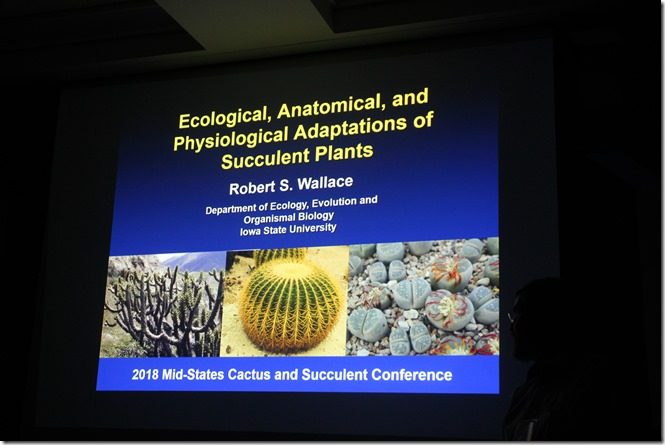

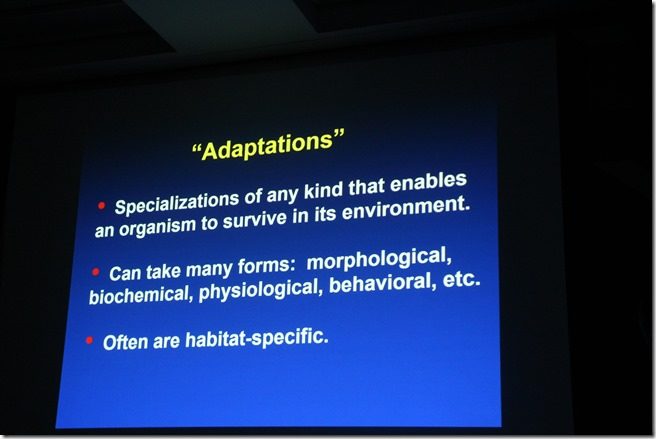
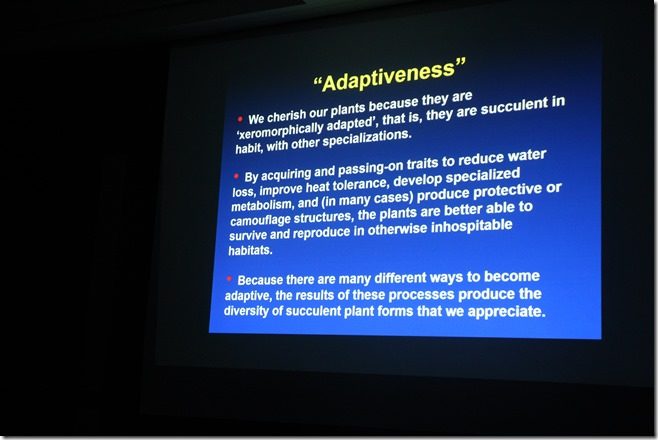
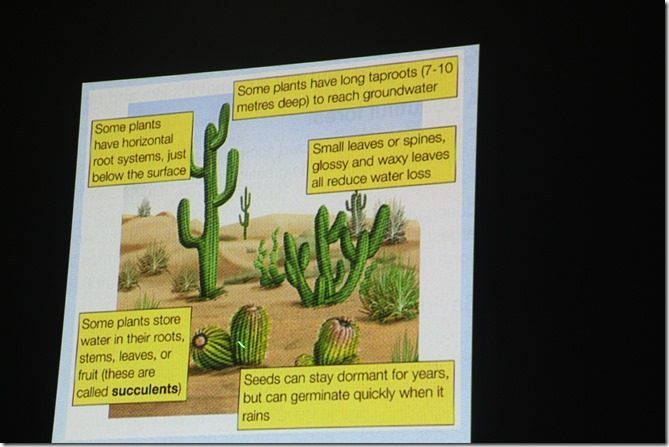
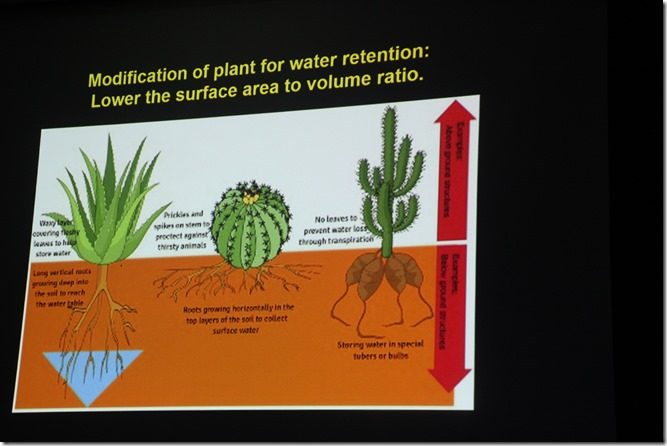
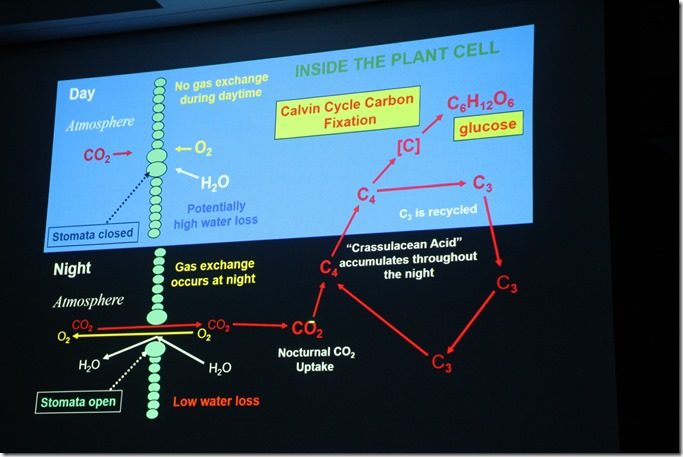
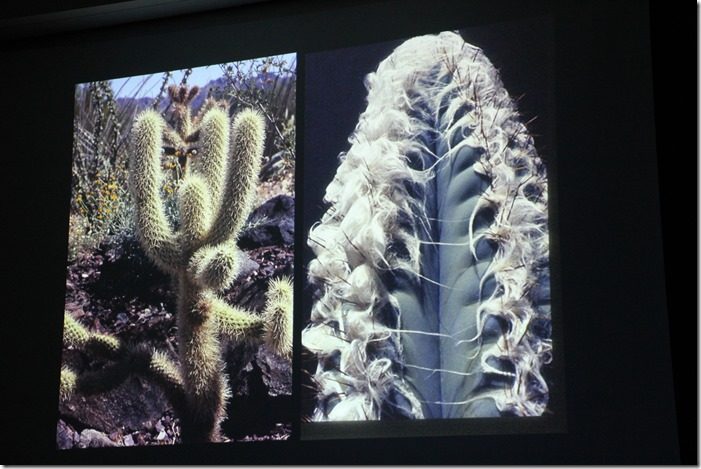
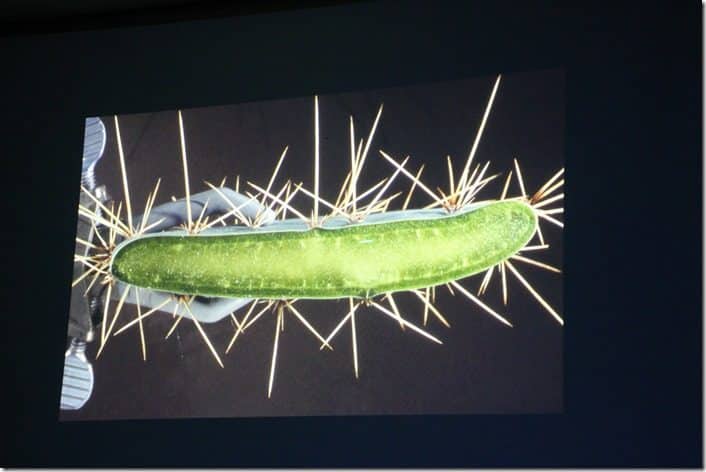
Recent Comments